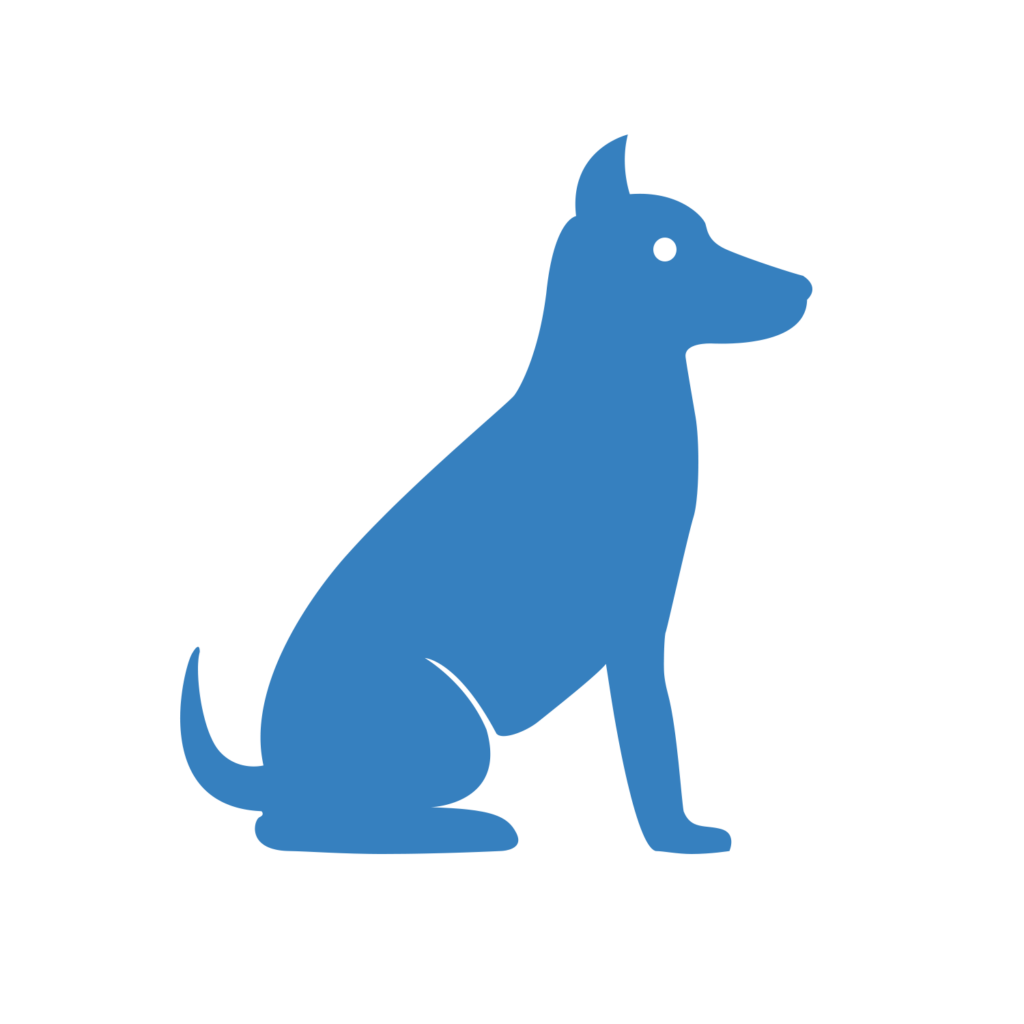

Musladin-Leuke Syndrome
Turnaround: 3-5 business daysTurnaround: 7-10 business days
Price: $45.00Price: £40.00
Breeds: Beagle, Mixed Breed, Unspecified
Description
Musladin-Leuke Syndrome (MLS) is a recessive mutation that affects Beagles. Recessive mutations are mutations that can be passed from either parent and require two copies of the gene to show symptoms. The mutation prevents normal formation of the skin and connective tissue, affecting the dog's appearance and walk.
A beagle with MLS may be smaller in size and walk on his toes rather than on the pad of the foot. Other symptoms include a flattened head shape, tight and stiff fur, and slanted eyes. A wide range of severity is associated with MLS, so some dogs may experience mild to moderate symptoms. Others, however, may be severely impaired. There is no cure for MLS. This condition is not fatal, though some dogs affected by MLS may also experience seizures. Proper veterinary care can help maintain a positive quality of life for dogs affected by MLS.
The mutation causing MLS is autosomal recessive, meaning that both parents would have to contribute a copy of the mutation to produce offspring with MLS. Carriers of the mutation are asymptomatic; genetic testing can identify these carriers to prevent breeding puppies with MLS. If two carriers are bred together, there is a 25% chance per puppy that they will develop MLS.
Possible Results
| Genotype | Description |
|---|---|
| MLS/MLS | Affected: Dog has two copies of the MLS mutation and will be affected. The gene will be passed on to every offspring. |
| n/MLS | Carrier: Dog has one copy of the MLS mutation. The dog will not be affected by MLS but may pass the mutation to offspring. |
| n/n | Clear: Dog is negative for the mutation associated with MLS. |
Reference
Bader HL, Ruhe AL, Wang LW, Wong AK, Walsh KF, Packer RA, Mitelman J, Robertson KR, O'Brien DP, Broman KW, Shelton GD, Apte SS, Neff MW. An ADAMTSL2 founder mutation causes Musladin-Lueke Syndrome, a heritable disorder of beagle dogs, featuring stiff skin and joint contractures. PLoS One. 2010 Sep 17; 5(9). [PubMed: 20862248]